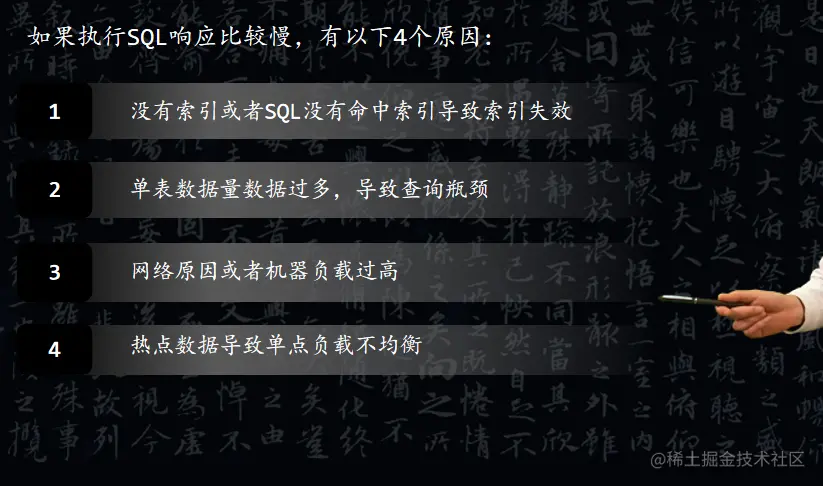当前位置:网站首页>BasicVSR_ Plusplus master test videos and pictures
BasicVSR_ Plusplus master test videos and pictures
2022-07-06 22:34:00 【cv-daily】
Code :https://github.com/ckkelvinchan/BasicVSR_PlusPlus
BasicVSR_PlusPlus-master Test pictures and videos are always reported out of memory, Insufficient memory , But it needs testing , Modify the code .
modify restoration_video_demo.py
# Copyright (c) OpenMMLab. All rights reserved.
import argparse
import os
import cv2
import mmcv
import numpy as np
import torch
from mmedit.apis import init_model, restoration_video_inference
from mmedit.core import tensor2img
from mmedit.utils import modify_args
import time
VIDEO_EXTENSIONS = ('.mp4', '.mov')
def parse_args():
modify_args()
parser = argparse.ArgumentParser(description='Restoration demo')
parser.add_argument('config', help='test config file path')
parser.add_argument('checkpoint', help='checkpoint file')
parser.add_argument('input_dir', help='directory of the input video')
parser.add_argument('output_dir', help='directory of the output video')
parser.add_argument(
'--start-idx',
type=int,
default=0,
help='index corresponds to the first frame of the sequence')
parser.add_argument(
'--filename-tmpl',
default='{:08d}.png',
help='template of the file names')
parser.add_argument(
'--window-size',
type=int,
default=0,
help='window size if sliding-window framework is used')
parser.add_argument(
'--max-seq-len',
type=int,
default=None,
help='maximum sequence length if recurrent framework is used')
parser.add_argument('--device', type=int, default=0, help='CUDA device id')
args = parser.parse_args()
return args
def main():
""" Demo for video restoration models. Note that we accept video as input/output, when 'input_dir'/'output_dir' is set to the path to the video. But using videos introduces video compression, which lowers the visual quality. If you want actual quality, please save them as separate images (.png). """
args = parse_args()
model = init_model(
args.config, args.checkpoint, device=torch.device('cuda', args.device))
for i in range(10000):
start_idx=i
# time.sleep(500)
output = restoration_video_inference(model, args.input_dir,
args.window_size, start_idx,
args.filename_tmpl, args.max_seq_len)
torch.cuda.empty_cache()
time.sleep(10)
file_extension = os.path.splitext(args.output_dir)[1]
if file_extension in VIDEO_EXTENSIONS: # save as video
h, w = output.shape[-2:]
fourcc = cv2.VideoWriter_fourcc(*'mp4v')
video_writer = cv2.VideoWriter(args.output_dir, fourcc, 25, (w, h))
for i in range(0, output.size(1)):
img = tensor2img(output[:, i, :, :, :])
video_writer.write(img.astype(np.uint8))
cv2.destroyAllWindows()
video_writer.release()
else:
for i in range(args.start_idx, args.start_idx + output.size(1)):
output_i = output[:, i - args.start_idx, :, :, :]
output_i = tensor2img(output_i)
print(args.filename_tmpl.format(start_idx))
# save_path_i = f'{args.output_dir}/{args.filename_tmpl.format(i)}'
save_path_i = f'{
args.output_dir}/{
args.filename_tmpl.format(start_idx)}'
mmcv.imwrite(output_i, save_path_i)
if __name__ == '__main__':
main()
modify restoration_video_inference.py
# Copyright (c) OpenMMLab. All rights reserved.
import glob
import os.path as osp
import re
from functools import reduce
import mmcv
import numpy as np
import torch
from mmedit.datasets.pipelines import Compose
VIDEO_EXTENSIONS = ('.mp4', '.mov')
def pad_sequence(data, window_size):
padding = window_size // 2
data = torch.cat([
data[:, 1 + padding:1 + 2 * padding].flip(1), data,
data[:, -1 - 2 * padding:-1 - padding].flip(1)
],
dim=1)
return data
def restoration_video_inference(model,
img_dir,
window_size,
start_idx,
filename_tmpl,
max_seq_len=None,
):
"""Inference image with the model. Args: model (nn.Module): The loaded model. img_dir (str): Directory of the input video. window_size (int): The window size used in sliding-window framework. This value should be set according to the settings of the network. A value smaller than 0 means using recurrent framework. start_idx (int): The index corresponds to the first frame in the sequence. filename_tmpl (str): Template for file name. max_seq_len (int | None): The maximum sequence length that the model processes. If the sequence length is larger than this number, the sequence is split into multiple segments. If it is None, the entire sequence is processed at once. Returns: Tensor: The predicted restoration result. """
device = next(model.parameters()).device # model device
# build the data pipeline
if model.cfg.get('demo_pipeline', None):
test_pipeline = model.cfg.demo_pipeline
elif model.cfg.get('test_pipeline', None):
test_pipeline = model.cfg.test_pipeline
else:
test_pipeline = model.cfg.val_pipeline
print(img_dir)
# check if the input is a video
file_extension = osp.splitext(img_dir)[1]
if file_extension in VIDEO_EXTENSIONS:
video_reader = mmcv.VideoReader(img_dir)
# load the images
data = dict(lq=[], lq_path=None, key=img_dir)
for frame in video_reader:
data['lq'].append(np.flip(frame, axis=2))
# remove the data loading pipeline
tmp_pipeline = []
for pipeline in test_pipeline:
if pipeline['type'] not in [
'GenerateSegmentIndices', 'LoadImageFromFileList'
]:
tmp_pipeline.append(pipeline)
test_pipeline = tmp_pipeline
else:
# the first element in the pipeline must be 'GenerateSegmentIndices'
if test_pipeline[0]['type'] != 'GenerateSegmentIndices':
raise TypeError('The first element in the pipeline must be '
f'"GenerateSegmentIndices", but got '
f'"{
test_pipeline[0]["type"]}".')
# specify start_idx and filename_tmpl
print('start_idx', start_idx)
print('filename_tmpl', filename_tmpl)
test_pipeline[0]['start_idx'] = start_idx
test_pipeline[0]['filename_tmpl'] = filename_tmpl
# prepare data
# sequence_length = len(glob.glob(osp.join(img_dir, '*')))
sequence_length = 1
img_dir_split = re.split(r'[\\/]', img_dir)
print(img_dir)
key = img_dir_split[-1]
lq_folder = reduce(osp.join, img_dir_split[:-1])
print(lq_folder)
data = dict(
lq_path=lq_folder,
gt_path='',
key=key,
sequence_length=sequence_length)
# compose the pipeline
test_pipeline = Compose(test_pipeline)
data = test_pipeline(data)
print("data_lq",data['lq'].shape)
data = data['lq'].unsqueeze(0) # in cpu
data = data.unsqueeze(0) # in cpu
print("data",data.shape)
# forward the model
with torch.no_grad():
if window_size > 0: # sliding window framework
data = pad_sequence(data, window_size)
result = []
for i in range(0, data.size(1) - 2 * (window_size // 2)):
data_i = data[:, i:i + window_size].to(device)
result.append(model(lq=data_i, test_mode=True)['output'].cpu())
result = torch.stack(result, dim=1)
else: # recurrent framework
if max_seq_len is None:
result = model(
lq=data.to(device), test_mode=True)['output'].cpu()
else:
result = []
for i in range(0, data.size(1), max_seq_len):
result.append(
model(
lq=data[:, i:i + max_seq_len].to(device),
test_mode=True)['output'].cpu())
result = torch.cat(result, dim=1)
return result
边栏推荐
- 做国外LEAD2022年下半年几点建议
- UE4蓝图学习篇(四)--流程控制ForLoop和WhileLoop
- [IELTS speaking] Anna's oral learning record part1
- 0 basic learning C language - digital tube
- NPDP认证|产品经理如何跨职能/跨团队沟通?
- UDP programming
- HDR image reconstruction from a single exposure using deep CNN reading notes
- 关于声子和热输运计算中BORN电荷和non-analytic修正的问题
- Sword finger offer question brushing record 1
- OpenNMS分离数据库
猜你喜欢
The SQL response is slow. What are your troubleshooting ideas?
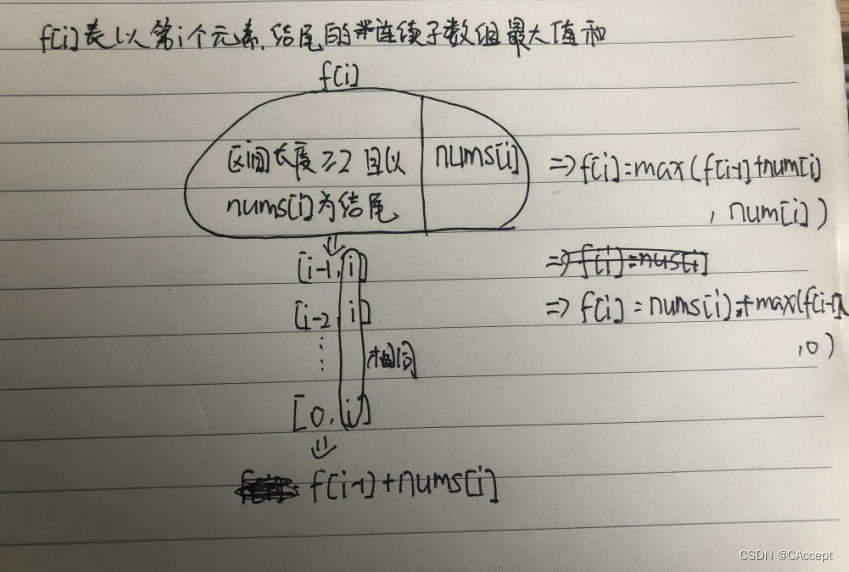
Leetcode question brushing (XI) -- sequential questions brushing 51 to 55
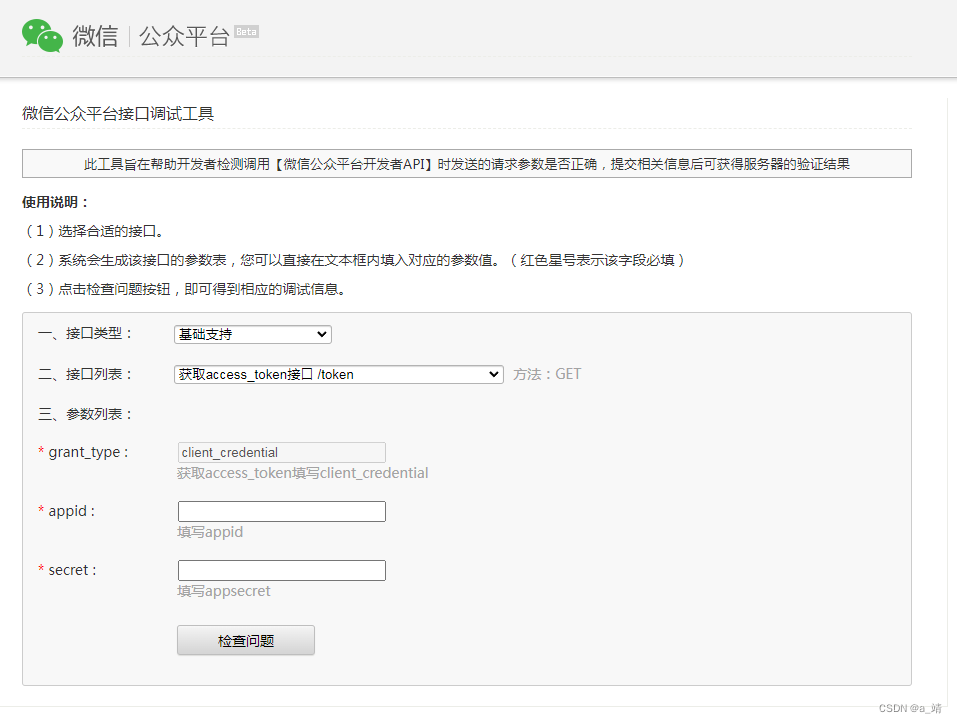
config:invalid signature 解决办法和问题排查详解
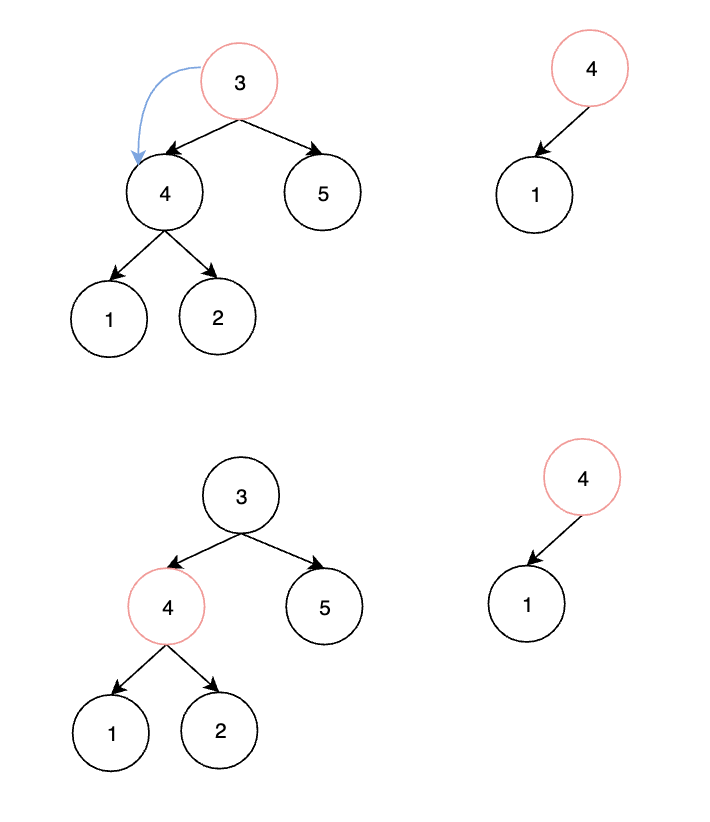
Leetcode exercise - Sword finger offer 26 Substructure of tree
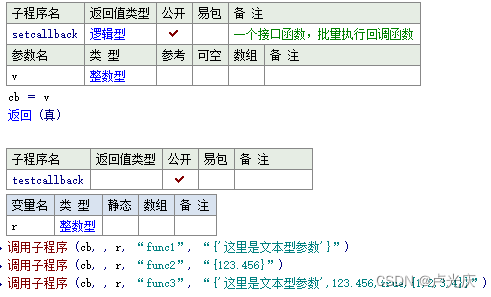
Aardio - Method of batch processing attributes and callback functions when encapsulating Libraries
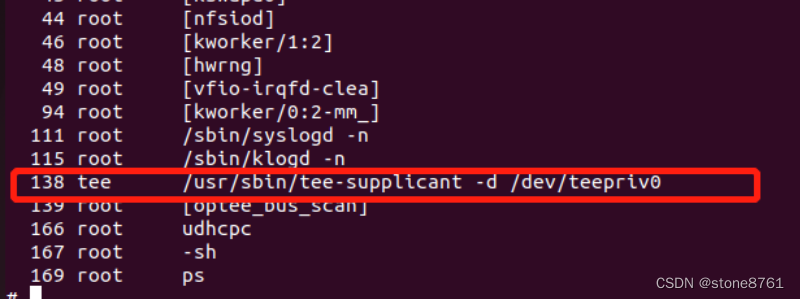
基於 QEMUv8 搭建 OP-TEE 開發環境

0 basic learning C language - interrupt

Mise en place d'un environnement de développement OP - tee basé sur qemuv8
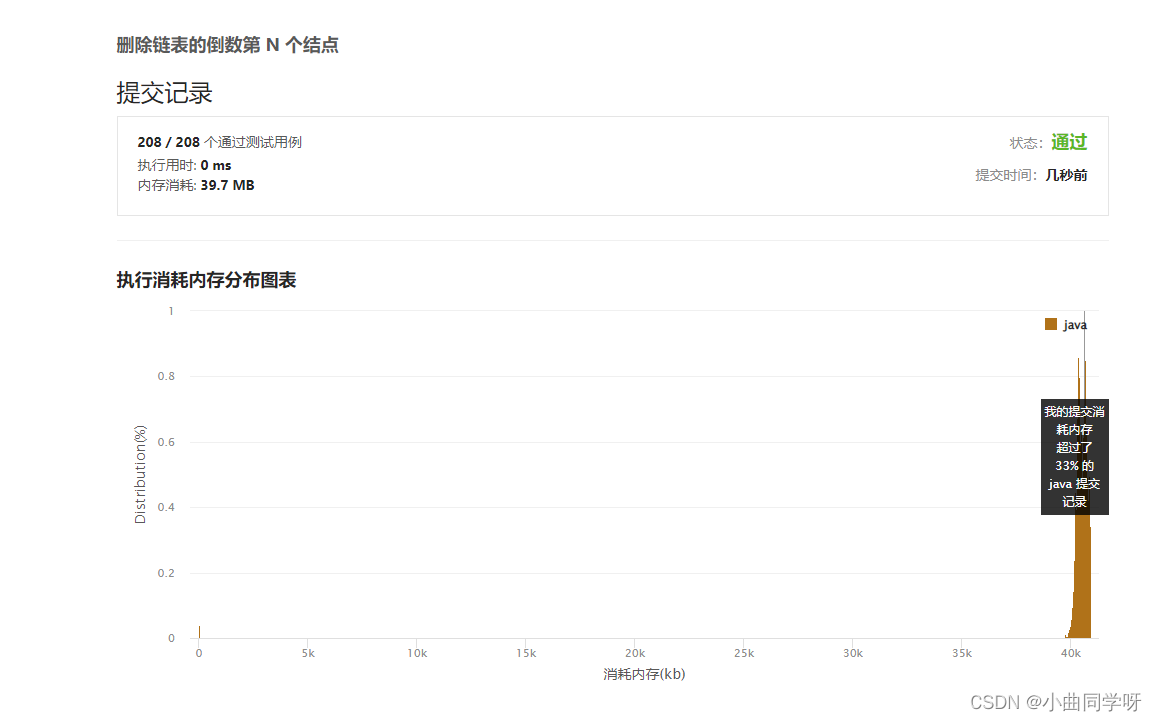
【LeetCode】19、 删除链表的倒数第 N 个结点

CocosCreator+TypeScripts自己写一个对象池
随机推荐
Improving Multimodal Accuracy Through Modality Pre-training and Attention
POJ 1258 Agri-Net
That's why you can't understand recursion
基於 QEMUv8 搭建 OP-TEE 開發環境
uniapp滑动到一定的高度后固定某个元素到顶部效果demo(整理)
Dealing with the crash of QT quick project in offscreen mode
The SQL response is slow. What are your troubleshooting ideas?
MySQL----初识MySQL
空结构体多大?
2022-07-05 stonedb的子查询处理解析耗时分析
柔性数组到底如何使用呢?
qt quick项目offscreen模式下崩溃的问题处理
volatile关键字
UDP programming
signed、unsigned关键字
Installation and use of labelimg
AdaViT——自适应选择计算结构的动态网络
MySQL约束的分类、作用及用法
Config:invalid signature solution and troubleshooting details
3DMAX assign face map
